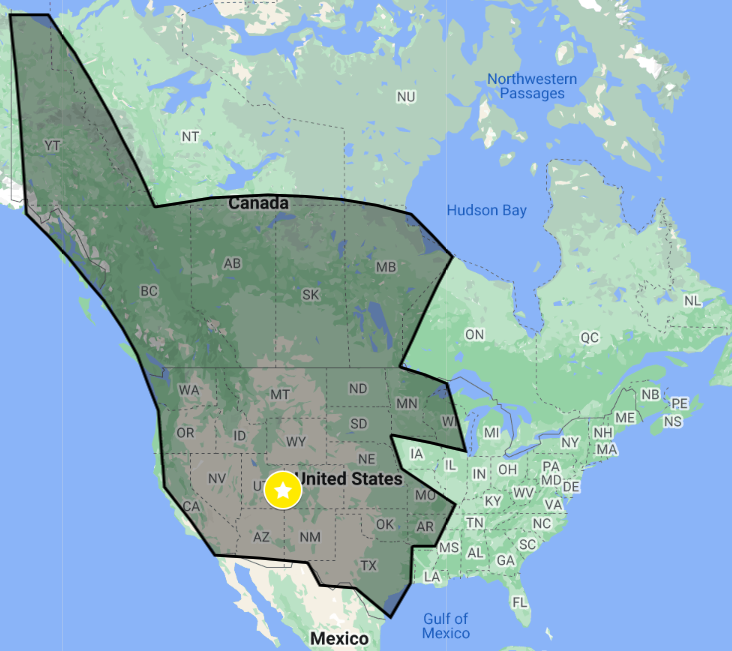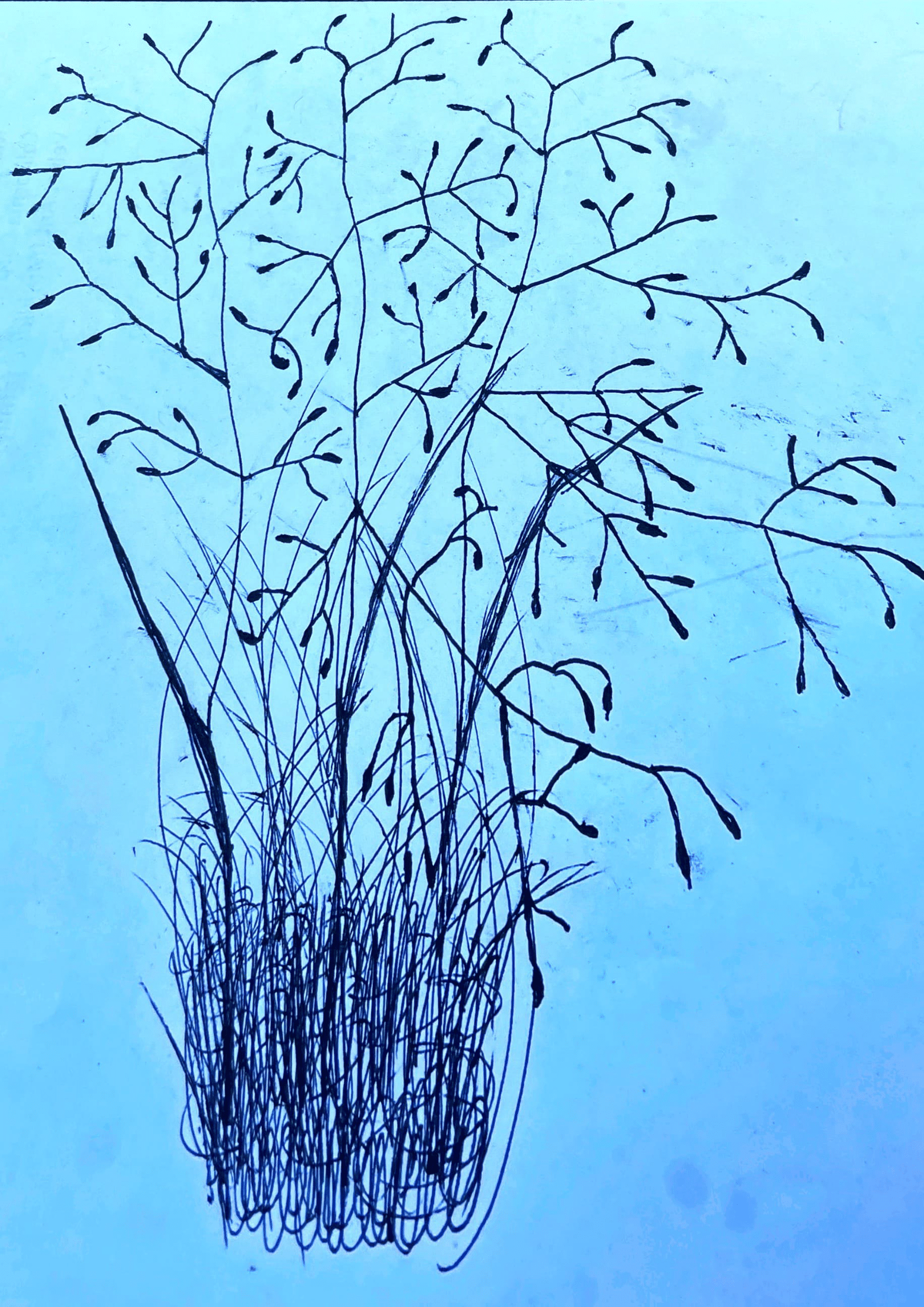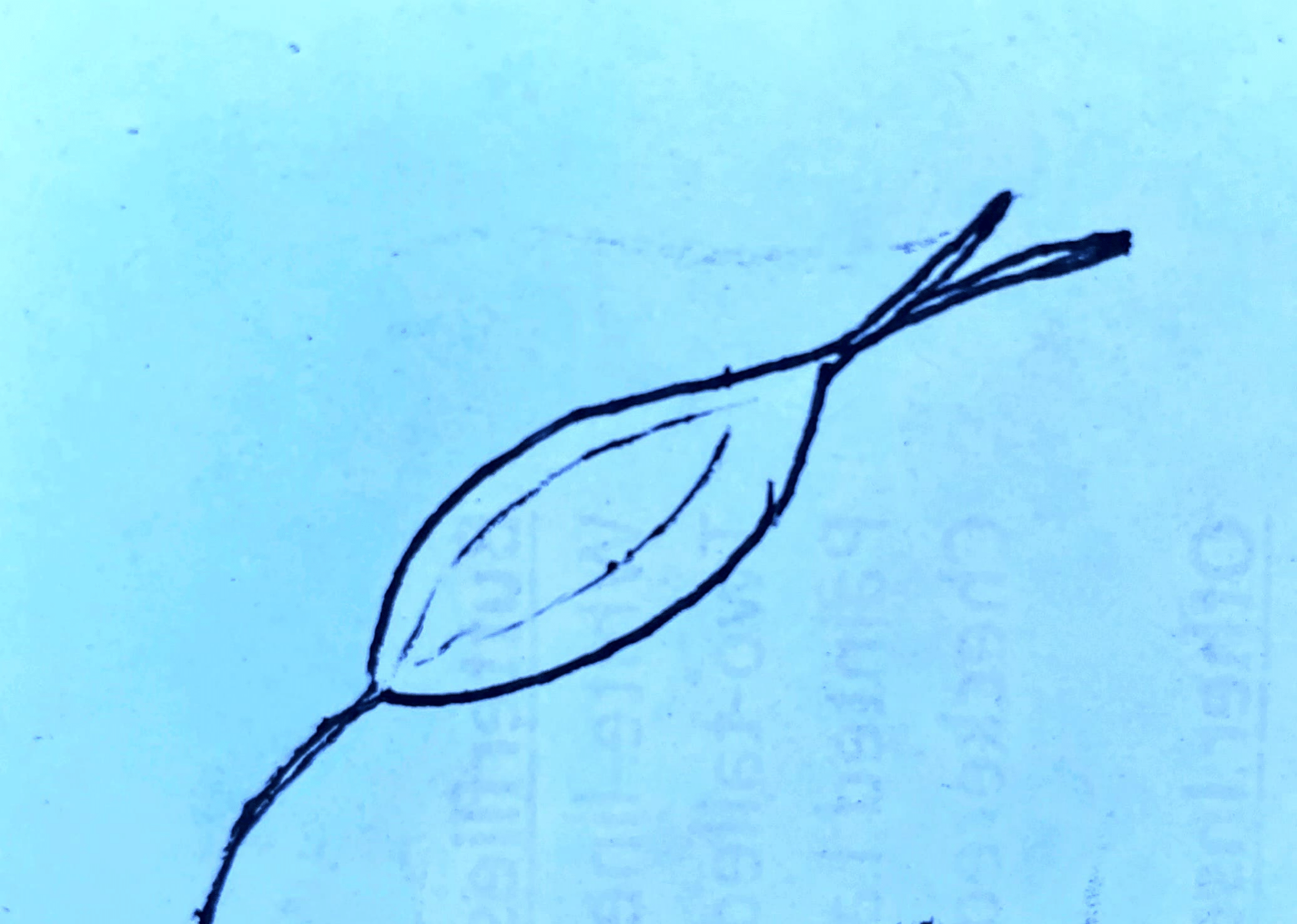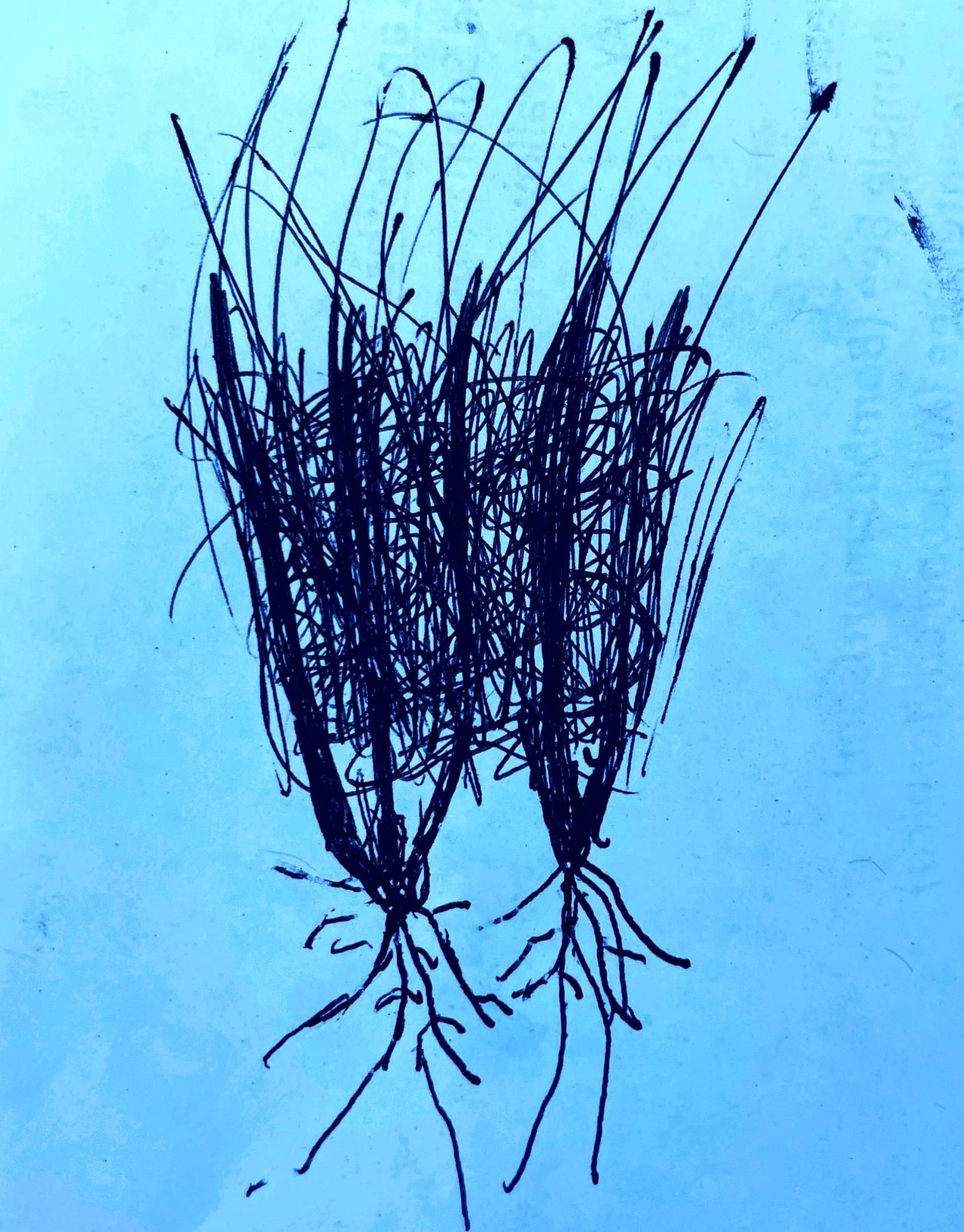Fairy Grass
Indian Rice Grass (Achnatherum hymenoides)
270 Pope Lane is a five-acre lot in the small southeastern Utah town of Castle Valley, near Moab. When most people arrive here, they may be looking for one or both of its two human residents. Many of these visitors may fail to recognize the many other residents that reside here as well. When the two residents bought this parcel, there was nothing but cheatgrass. The yellowish golden invasive grass covered 99% of the ground. Today cheatgrass still occupies a large percentage of the property, however now there are many more species as well. Native forbs, grasses, shrubs, trees and animals all call 270 Pope Lane home. Indian rice grass is an example of one of the “new” native residents. After the parcel’s owners built their straw-bale house they decided that they wanted to restore some of the native species that would have been there before cheatgrass took over. Some species were brought in intentionally while others gradually found their way to 270 Pope Lane as well.
Castle Valley’s hot and dry climate is intense. Indian rice grass is well adapted to live here though, being extremely drought and fire resistant. In fact, it is not found in areas that are wet or poorly drained. Rather, it prefers to grow on sandy, stony, gravelly and shallow soils. Indian rice grass also has a fibrous root system which makes it good for erosion control in areas that are prone to extreme flash flooding such as western deserts. Indian rice grass grows in upland and semidesert climatic zones. Indian rice grass is a perennial bunchgrass that is native to western North America found between 3,000 and 10,000ft in elevation. Its range is large, spanning from Minnesota to Texas, to California, Washington and up into Canada.
When the two current human residents first seeded Indian rice grass on this lot, they did so behind their house where there was a patch of bare ground. Today it can be found in many other locations. The grass welcomes visitors who stroll down the dirt paths around the property, or rest in the shade by the front patio, keeping in touch with companion species such as winterfat, big sagebrush and galleta grass. Spring in Castle Valley welcomes many species to life. Indian Rice grass begins growing in the early spring and then flowers in the late spring. It has numerous basal leaves, meaning they grow near the bottom of the plant. It usually grows to be 1 to 2 1/2 feet tall. Indian rice e grass typically has slender blade like leaves that can be rolled/curled. Indian rice grass reproduces through seed sand tillers. The seedhead is solitary at the end of a panicle branch stretching out in a skeletal way from the plant. Each spikelet contains one floret. Indian rice grass is well adapted to changing climates as it has two ways of pollination. When mesic (stable moisture balance) conditions are persistent the anthers of the plant will be exerted permitting cross pollination by wind. This is the grasses’ preferred method of pollination however under dry hot extreme conditions, the plant can be self-pollinated before the flower opens. This is known as ecological cleistogamy. This trait is extremely helpful for sustaining the species of Indian rice grass as it can adapt its pollination to the current climate. However, self-pollination is less ideal because it is essentially cloning and decreases biodiversity. So, if dry and hot conditions always exist it will decrease the genetic diversity and weaken the species over time.
Before the two recent human residents began to restore their land, the cheatgrass ran rampant and wildlife were sparse. However, the addition of native species to the land helped to welcome back other species and reinstate the natural relationship of the environment. Indian rice grass is an important part of the ecosystem for several reasons. As previously mentioned, it is crucial in improving soil stability and preventing erosion. Indian rice grass is often one of the first species to establish on cut and fill slopes. It is also an important habitat, cover and food for various species. Indian rice grass is highly palatable. Elk forage on it year-round while deer and antelope graze on it throughout fall, winter and spring months. The grass also provides cover from predators for small mammals and birds. The seeds are also highly nutritious to these smaller animals.
While Indian rice grass is still sparse on this 5-acre lot, its presence is becoming known. The rice grass’s thin spindled branches exploding in small bunches have slowly begun to spread around the house. Although cheatgrass is still prominent, the rice grass and other native grasses are crucial to the ecosystem and native wildlife.
By Abigael Carron






